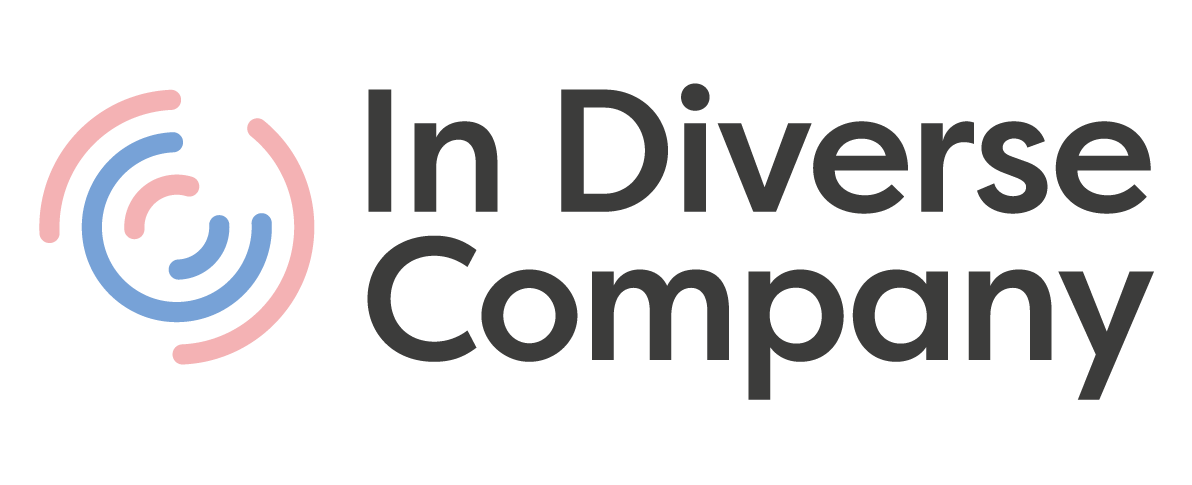By Jai Thade, Head of Content
From being talked over or ignored in meetings, to having others take credit for their ideas, to having their viewpoints not considered when important decisions are taken, individuals belonging to marginalised groups are often side-lined in organisations. Ask your peers and friends belonging to marginalised groups for instances of this, and you might find yourself surprised.
Side-lining in many instances is an example of a microaggression. Microaggressions are verbal gestures, behavioural interactions or environmental cues that serve to hurt, invalidate and ultimately create feelings of exclusion. They can be either intentional or unintentional and often stem from biases and stereotypes that people either consciously or unconsciously have.
The outcomes of these slights can be very damaging for individuals. They are associated with elevated levels of anxiety, anger, and stress. Employees may also feel as if they don’t belong, and that their views and contributions are not important at work. This can in turn create low engagement and high turnover.
So, what can we do to ensure this doesn’t happen? Here are a few ideas:
I. Communicate in an empathetic manner and create a safe space for them
This is crucial to creating a climate of safety, trust and comfort for employees from marginalised backgrounds.
- Sincerely try to understand situations from the perspectives of others, especially those who belong to marginalised groups. Make sure you convey this empathetic understanding as well.
- When speaking, allow them to take control of the conversation & give them the freedom to share in a manner most comfortable to them.
II. Amplify Other Voices
Sometimes the most powerful thing you can do is step aside and create a space for those outside your group to speak. How can you do this? Here are some ideas:
- If you want to share an article online, find one written by a member of an underrepresented group or a member of the community that the article is about.
- If you hear someone ignore the idea of a person from a marginalised group, speak up (e.g. “I think they have a point, let’s discuss it!”).
- If you hear someone take credit for the idea of a person from a marginalised group, call it out.
- Express gratitude to or acknowledge unappreciated work by people from marginalised groups.
III. Make decisions more inclusively
When decisions at the workplace are made more inclusively, employees feel a higher sense of engagement, a greater sense of ownership and a deeper sense of belonging. It also allows us to course-correct for individual biases and groupthink.
- Reflect on how inclusive your present decision-making process is – what all factors and perspectives do you consider when trying to reach a conclusion?
- Make an inventory of which people you generally tend to reach out to when seeking advice and try to ensure these are individuals from diverse backgrounds. Speaking to people who are different from us in terms of their race, but also their gender, age, religion, etc. allows for a greater breadth of perspective.
When applied more generally, a lot of the points we have mentioned above can not only help us ensure those from minority groups are not side-lined, but can also ensure that all our peers feel included and able to bring their best to work.
Liked this article? Share it with your network:
Here’s your next read: an article on how you can make your employees and colleagues feel listened to.
From being talked over or ignored in meetings, to having others take credit for their ideas, to having their viewpoints not considered when important decisions are taken, individuals belonging to marginalised groups are often sidelined in organisations. Ask your peers and friends belonging to marginalised groups for instances of this, and you might find yourself surprised.






